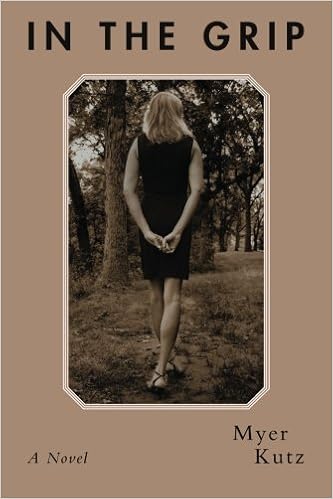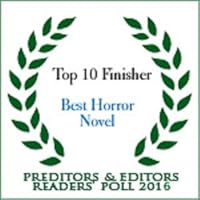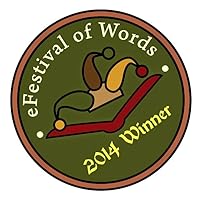
⭐⭐⭐⭐⭐
Warning: Spoiler Alert
Before reading Spare by Prince Harry, Duke of Sussex, I was aware of people’s complaints about it. It sounds kind of silly, but one complaint was about his retelling of the story where he got frostbite during an expedition to the Arctic. (Actually, it was “frostnip,” which is slightly better than frostbite.) Those readers thought it was too much information since it affected his penis along with his ears and fingers.
Yes, he talked about it in detail. I was almost halfway through the book before I came upon that little anecdote, and I thought it was relevant given the accompanying circumstances.
But I thought, why focus on that? The book is pretty great. The New Yorker described it as compellingly artful, and I agree. Spare is also beautifully written, engaging, informative, and even fascinating at times.
So here I was, giving myself a pat on the back for being a good sport about the TMI instead of nitpicking, and then there was yet another story about that appendage. He calls it his “todger,” by the way. And this time, he described its condition (flaccid) during a harsh training exercise where the soldiers had to strip naked.
At that point, it was like, okay, Harry, enough about your todger.
But I like Prince Harry a lot. I have a great deal of empathy for him and Meghan. I realize that many people will disagree with me, but he broke a toxic cycle and wrote this story bravely.
Sure, many people will say facetiously, “Oh, poor, Prince.” They’ll say he is spoiled. But if you read the book and believe what he says (which I do), you come away with a different perspective.
His story shows that wealth and titles mean nothing if you don’t believe you are loved, welcomed, accepted, valued, and respected in this world. It shows that you can be royalty and lack self-esteem. And that the world may have an image of you that is not who you are. It highlights how people can humiliate you and betray your trust over and over, and how there’s not enough money or esteem in the world to prevent that from happening.
So, I don’t care what the haters say. Prince Harry’s story is heartbreaking.
I fully empathize, regarding how the paparazzi and public badgered him and the women he cared most about in his life, to the point where those women ultimately had to abandon him. The world has failed Princess Di’s sweet boy, and I’m sorry for all the pain he endured. I’m sorry for the pain that Meghan endured.
So, I can forget the parts that made me cringe and attribute that to Prince Harry wanting to be a little self-deprecating. Maybe he doesn’t see any other way to come across as honest and humble, knowing that people will judge him harshly, so he allows himself to be vulnerable. I get it, and it doesn’t lessen his message to us.
What Prince Harry, The Duke of Sussex, has to say is important. That other stuff is trivial by comparison.
I fully support him in exposing unjust systems and institutions.
I applaud him for calling out racism and its tragic impact.
Sharing our stories is vital these days. There’s already too much digging our heads in the sand.
And, so, yes, in terms of a star rating, that’s a five from me.
Feature image by Gerd Altmann from Pixabay




































